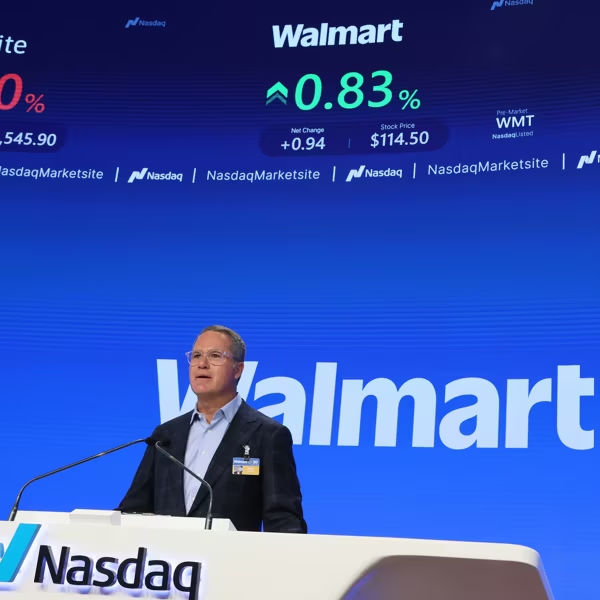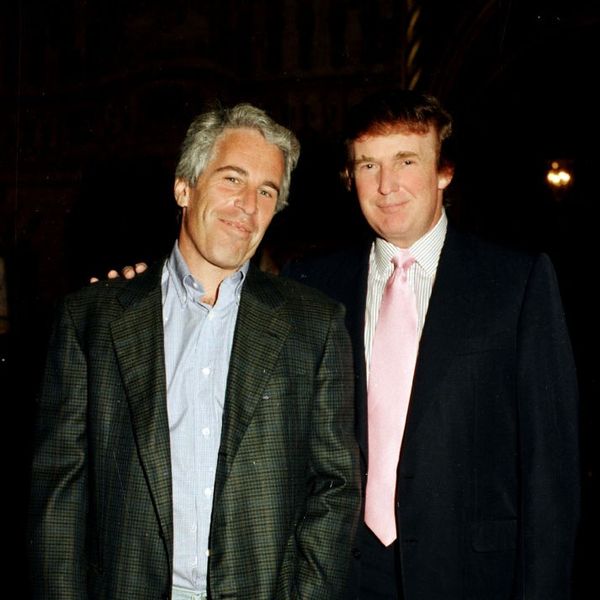Grassroots Power Pushing Japan Towards Nuclear-Free Future
Public pressure to abandon nuclear power may be prompting a rethink in Japan's energy future.
The Japanese people made their nuclear-free wish clear after the government conducted polls, hearings and solicited comments in July and August on the country's future energy policy. The panel analyzing the results said, "We can say with certainty that a majority of citizens want to achieve a society that does not rely on nuclear power generation."
And Economics Minister Motohisa Furukawa confirmed to reporters on Tuesday, "A majority of people are eager to get rid of nuclear power -- that is our conclusion after we discussed a variety of public opinions submitted to the government this time."
Japan's plan in 2010, before the Fukushima disaster, was to increase the nuclear power in electricity production to over 50 percent. But after the disaster, it looked at three other nuclear energy scenarios for 2030--zero percent, 15 percent and 20-25 percent.
With public pressure to completely abandon nuclear energy growing, the government's plan of pursuing the 15% option may be unlikely.
An Urgent Message From Our Co-Founder
Dear Common Dreams reader, The U.S. is on a fast track to authoritarianism like nothing I've ever seen. Meanwhile, corporate news outlets are utterly capitulating to Trump, twisting their coverage to avoid drawing his ire while lining up to stuff cash in his pockets. That's why I believe that Common Dreams is doing the best and most consequential reporting that we've ever done. Our small but mighty team is a progressive reporting powerhouse, covering the news every day that the corporate media never will. Our mission has always been simple: To inform. To inspire. And to ignite change for the common good. Now here's the key piece that I want all our readers to understand: None of this would be possible without your financial support. That's not just some fundraising cliche. It's the absolute and literal truth. We don't accept corporate advertising and never will. We don't have a paywall because we don't think people should be blocked from critical news based on their ability to pay. Everything we do is funded by the donations of readers like you. Will you donate now to help power the nonprofit, independent reporting of Common Dreams? Thank you for being a vital member of our community. Together, we can keep independent journalism alive when it’s needed most. - Craig Brown, Co-founder |
Public pressure to abandon nuclear power may be prompting a rethink in Japan's energy future.
The Japanese people made their nuclear-free wish clear after the government conducted polls, hearings and solicited comments in July and August on the country's future energy policy. The panel analyzing the results said, "We can say with certainty that a majority of citizens want to achieve a society that does not rely on nuclear power generation."
And Economics Minister Motohisa Furukawa confirmed to reporters on Tuesday, "A majority of people are eager to get rid of nuclear power -- that is our conclusion after we discussed a variety of public opinions submitted to the government this time."
Japan's plan in 2010, before the Fukushima disaster, was to increase the nuclear power in electricity production to over 50 percent. But after the disaster, it looked at three other nuclear energy scenarios for 2030--zero percent, 15 percent and 20-25 percent.
With public pressure to completely abandon nuclear energy growing, the government's plan of pursuing the 15% option may be unlikely.
Public pressure to abandon nuclear power may be prompting a rethink in Japan's energy future.
The Japanese people made their nuclear-free wish clear after the government conducted polls, hearings and solicited comments in July and August on the country's future energy policy. The panel analyzing the results said, "We can say with certainty that a majority of citizens want to achieve a society that does not rely on nuclear power generation."
And Economics Minister Motohisa Furukawa confirmed to reporters on Tuesday, "A majority of people are eager to get rid of nuclear power -- that is our conclusion after we discussed a variety of public opinions submitted to the government this time."
Japan's plan in 2010, before the Fukushima disaster, was to increase the nuclear power in electricity production to over 50 percent. But after the disaster, it looked at three other nuclear energy scenarios for 2030--zero percent, 15 percent and 20-25 percent.
With public pressure to completely abandon nuclear energy growing, the government's plan of pursuing the 15% option may be unlikely.

